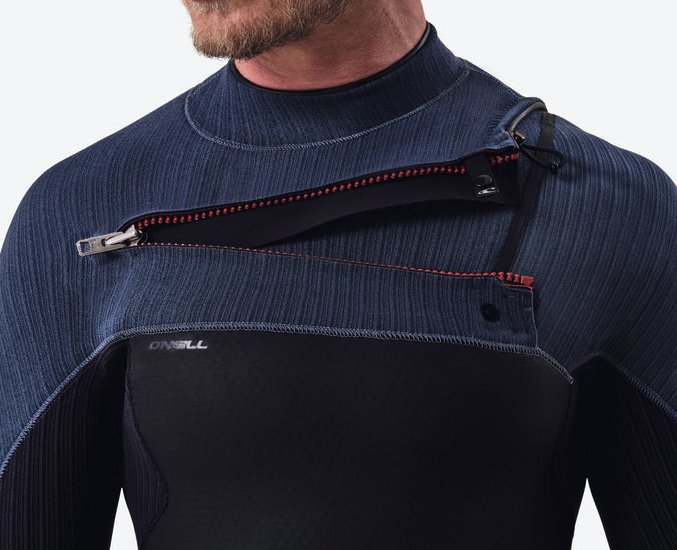If you’re on a wetsuit shopping mission, you will notice that there is a great variety in wetsuits: you can choose from a range of styles, features and thickness grades. One of the factors that has the biggest impact on the performance and comfort of a wetsuit, however, is the zip system. No wonder that many surfers ask whether they need a back zip, chest zip or zipless wetsuit. In this blog, we will explain the differences between the available zip and entry systems, so you can choose the wetsuit that best matches your desired use.
Why is the zip system of a wetsuit important?
The zip or entry system has a huge influence on the flexibility and ease of use of a wetsuit. As a rule, bigger zippers mean less flexibility. At the same time, bigger zippers make it easier to put on and take off a wetsuit. Therefore, it is important to find the right balance between flex and convenience.
Read more about putting on a wetsuit
Back zip wetsuits
For decades, back zips were the most common zip system for wetsuits. Back zip wetsuits have a large vertical zipper along the back that can be zipped up with a chord. To seal out water, most back zip wetsuits have a neoprene panel behind the zipper and a velcro closure in the neck area. The big zipper that can be zipped down all the way to the waist makes it very easy to get in and take off the suit. Because the zipper itself isn’t flexible however, a back zip wetsuit offers less flexibility. Apart from that, the zipper also affects the insulating capacities of your wetsuit.
Therefore, back zips are now mostly found in entry-level and kids wetsuits.

